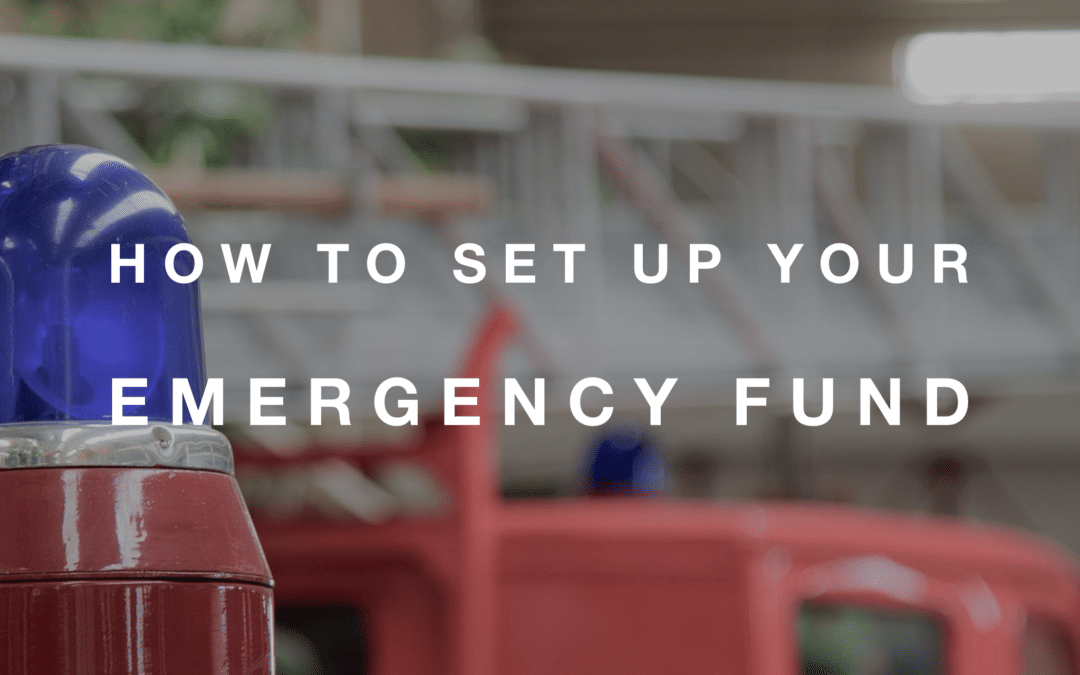Your emergency fund can help you cover the cost of life’s unpleasant surprises like medical bills, car repairs, or even job loss. Without one, these unfortunate situations become even worse, as you could face some tough decisions when things don’t go according to plan.
Do you turn to credit card debt that carries a high interest? Do you dip into your 401(k)? Do you have to take out an additional loan on your home?
If you dip into savings during tough economic times, that can mean selling assets from your nest egg when the market is down or, alternatively, spending cash that could otherwise buy assets in your portfolio on the cheap.
Any of these steps will set you back in growing your net worth and hinder your ability to reach your goals. That’s why an emergency fund is something you need in place as part of your financial plan.
Of course, you probably knew that already. But do you know where to put that cash and how to set up your emergency fund?
How Much Cash to Keep in Your Emergency Fund
An emergency fund should contain three to 12 months of living expenses. Within that range, the specific size of your emergency fund should correspond with your level of job security and the potential volatility of your income.
Doctors and tenured professors have more predictable incomes and could get away with keeping smaller cash cushions for emergencies. Someone working in an industry that’s more sensitive to changes in the economy such as construction or finance, on the other hand, may want to maintain a bigger emergency fund.
Three to 12 months of living expenses is a lot to set aside in cash, but don’t let that overwhelm you or prevent you from getting started. An emergency fund is rarely built overnight (and it doesn’t have to be!).
Building Up the Cash for a Rainy Day
If you start from scratch, the best way to build an emergency fund is to contribute a very manageable sum to a designated savings account every pay period – and make it an automated piece of your financial plan.
Set up automatic contributions from your primary checking account to your emergency fund after each payday. Start small and make sure that you can still live comfortably with your remaining income.
After three or four months, make a modest increase to the amount you contribute to your emergency fund. For example, if you decide to transfer $100 of each paycheck into your emergency fund, then you may decide to increase your contribution to $150 after six months.
After another six months, you could increase your contribution again to $200.
The Best Place to Stash Your Savings
The best place to keep an emergency fund is in an online savings account, separate from your primary bank. Check out options from banks like Ally Bank, Synchrony, or CapitalOne360.
Each of these banks pay higher interest rates than the traditional brick-and-mortar banks. There will always be variation in the bank paying the highest interest rate, but I’ve never found it worthwhile to constantly change banks to earn a few extra fractions of a percent.
If you’re just starting out, I’d pick one that has an interface you are most comfortable using.
An online savings account doesn’t just boost your interest earned on your emergency fund. It can make it easier to make good behavioral choices, too.
By keeping your emergency fund in an online bank that is completely separate from your primary checking bank, it’s much easier to resist the urge to dip into those funds for non-emergency purposes. That will help ensure the money is there when you need it – no matter what kind of curveballs life may throw your way.
Related Articles:














